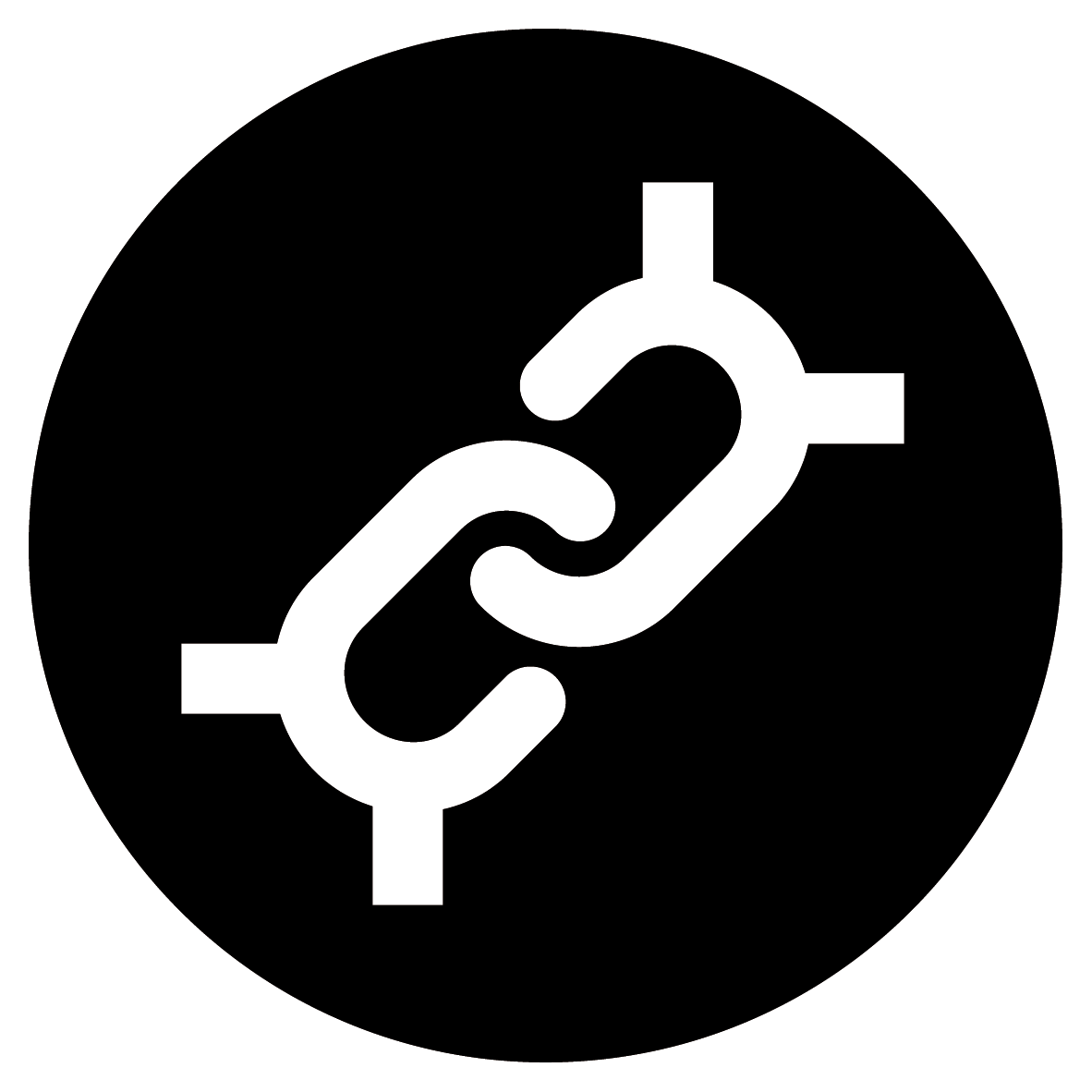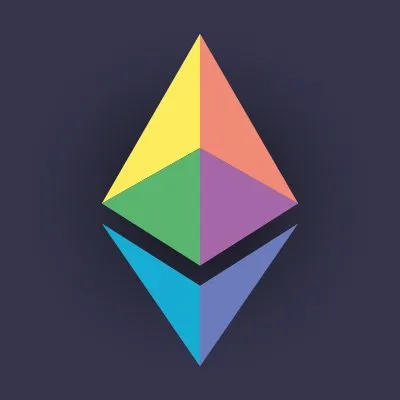
Subscribe to Bankless or sign in
JPMorgan Chase & Co. – the largest bank in America – will now facilitate balance transfers for any institutional client via Coinbase's Base blockchain.
The move coincides with CEO Jamie Dimon's steadily warming stance towards blockchain tech. Dimon, who still seems to maintain reservations about Bitcoin, has come around on the underlying technology, professing throughout 2025 that he is a believer in both stablecoins and blockchains.
Today, we're unpacking the JPMD, a tokenized deposit solution now available to J.P. Morgan institutional clients on Base. 👇
🪙 JPMD Now Available on Base
Five months ago, Base – the  Ethereum L2 blockchain created by crypto exchange
Ethereum L2 blockchain created by crypto exchange ![]() Coinbase – publicized that it had been selected to host J.P. Morgan's "JPMD," a USD deposit token for institutional clients.
Coinbase – publicized that it had been selected to host J.P. Morgan's "JPMD," a USD deposit token for institutional clients.
This announcement came on June 17, the very same day the United States Congress passed the GENIUS Act, a comprehensive federal framework for regulating stablecoins and the first crypto-specific legislative action passed in American history.
According to Naveen Mallela, Global Co-head of Kinexys, "JPM Coin delivers the security of bank-backed deposits and settlement, combined with the speed and innovation of 24/7, near real-time blockchain transactions, increasing efficiency and unlocking liquidity."
JPMD was previously used in a blockchain pilot program with B2C2, Coinbase, and Mastercard, which provided participants with near-instant 24/7 settlement and real-time liquidity.
In public statements about the integration, Mastercard EVP Raj Dhamodharan touted JPM Coin for delivering "secure, streamlined access to on-chain payments for our shared customers and the broader industry." Similarly B2C2 CEO Thomas Restout lauded the experiment for delivering "real-time, onchain settlement with the assurance of a regulated USD deposit."
Now, the JPM Coin concept is fully live: J.P. Morgan's institutional clients can securely send and receive dollars using JPMD tokens on Base.
From proof of concept to fully live.
— Base (@base) November 12, 2025
J.P. Morgan’s USD deposit token, JPMD, is now available for institutional transfers on Base.
Moving money should take seconds, not days. Commercial banking is coming onchain. pic.twitter.com/cW6tMPLvsw
🌐 JPMD's Profound Implications
Tokenized deposits are no more complex than stablecoins, yet their capability to revolutionize the future of digital money appears many times more potent.
Both stablecoins and tokenized deposits appear adept candidates for adoption in real-world transactions in the United States. Pending further regulatory clarity, these dollar-pegged instruments may soon gain the ability to be treated as cash for accounting purposes, posted as collateral with financial institutions, and used in inter-bank settlement.
However, unlike stablecoins (such as USDC), which are explicitly prohibited from making interest payments to holders under the GENIUS Act, tokenized deposits issued by chartered commercial banks (like JPMD) can pay holders interest.
Even though stablecoins and tokenized deposits will have similar functionality in a regulated blockchain future, the ability of the latter (issued by banks) to pay interest will help in making them the default option for digital dollar users in the majority of circumstances.
J.P. Morgan processes an average $10T in daily payments volumes. As the banking giant continues to support digital assets, blurring the lines between crypto and finance, it becomes increasingly likely that other financial players will adopt the more efficient blockchain-based payments.
While the future of finance is no doubt moving onchain, emerging regulations are helping to preserve the banking sector's stranglehold on the modernized financial system in tandem, as visible through the GENIUS Act-imposed banking monopoly on interest payments.
JPMorgan clients can now swap JPMD for USDC on Base.
— Simon Taylor (@sytaylor) November 12, 2025
That sentence should break the internet.
JP Morgan payments moves $ trillions PER DAY
It dwarfs the entire stablecoin industry.
This is how 1000x more dollars go onchain 🧵 pic.twitter.com/1GisjsHrvy



